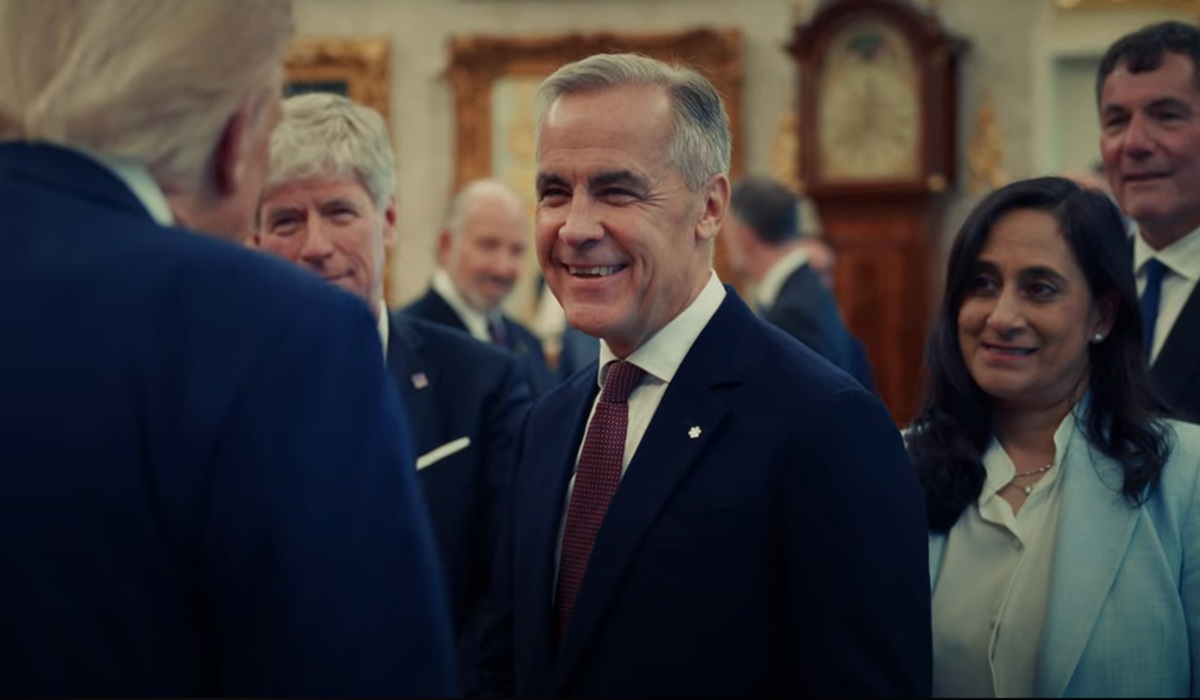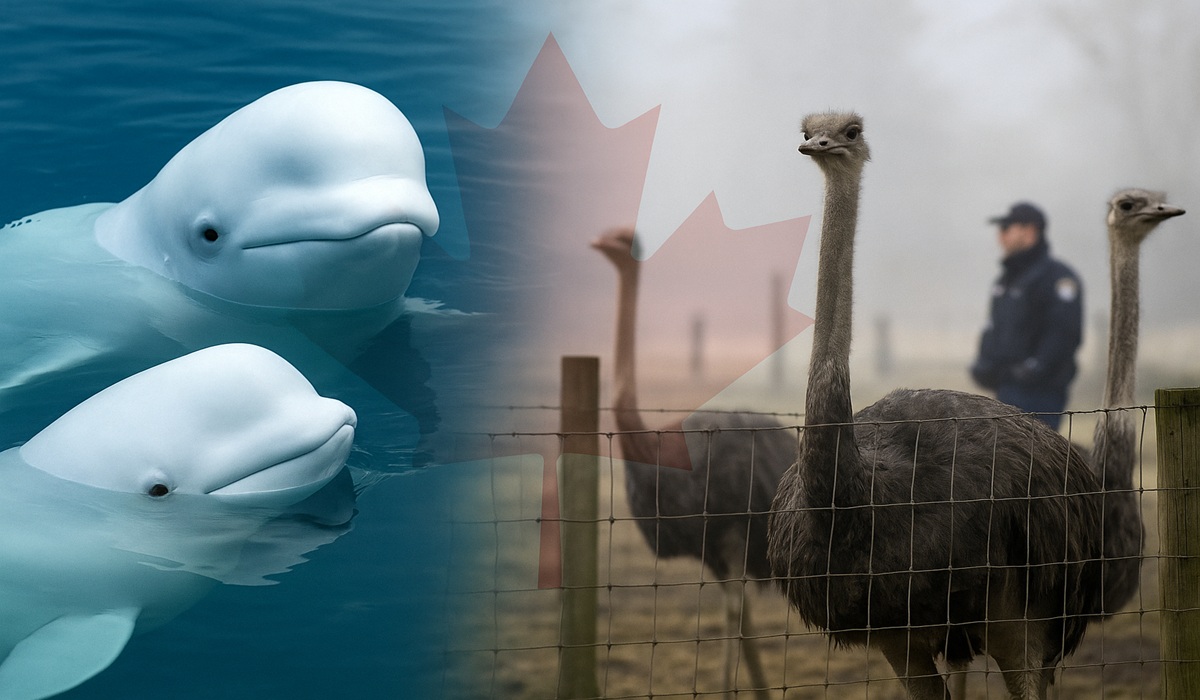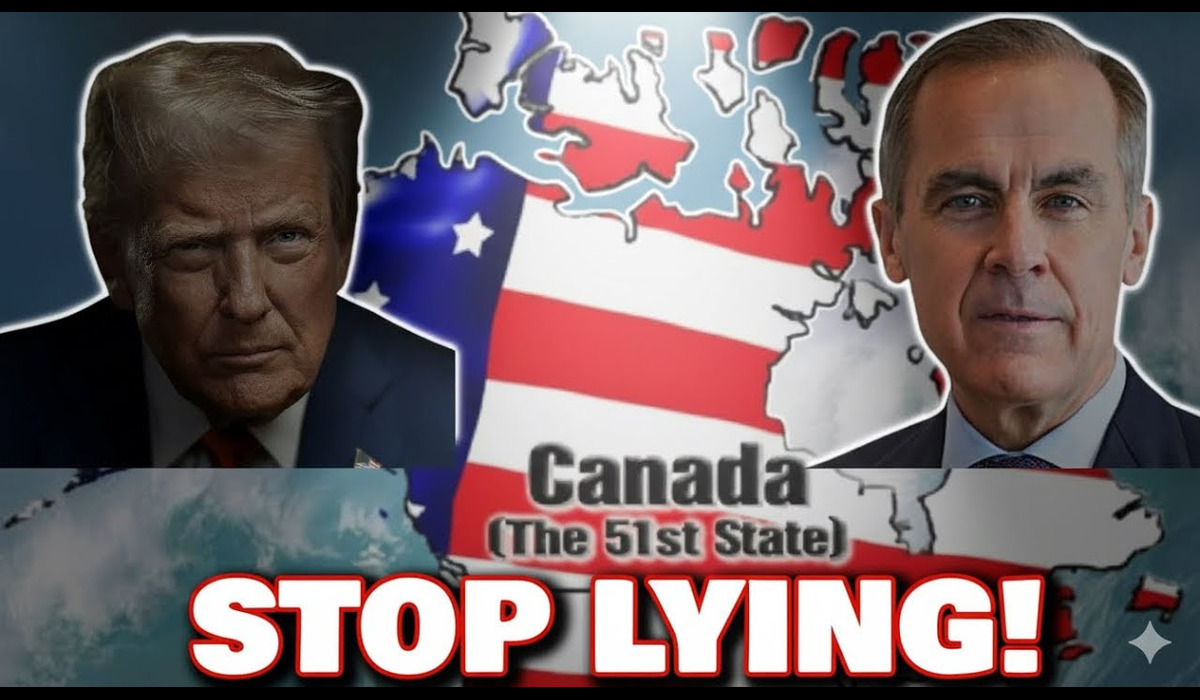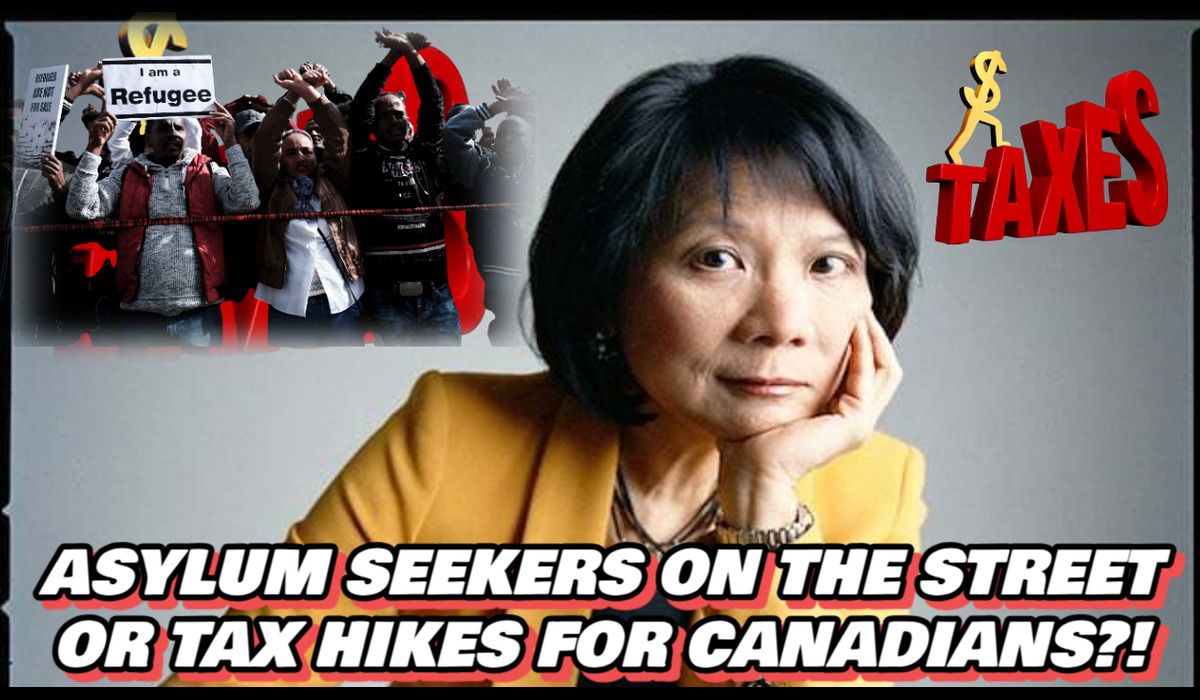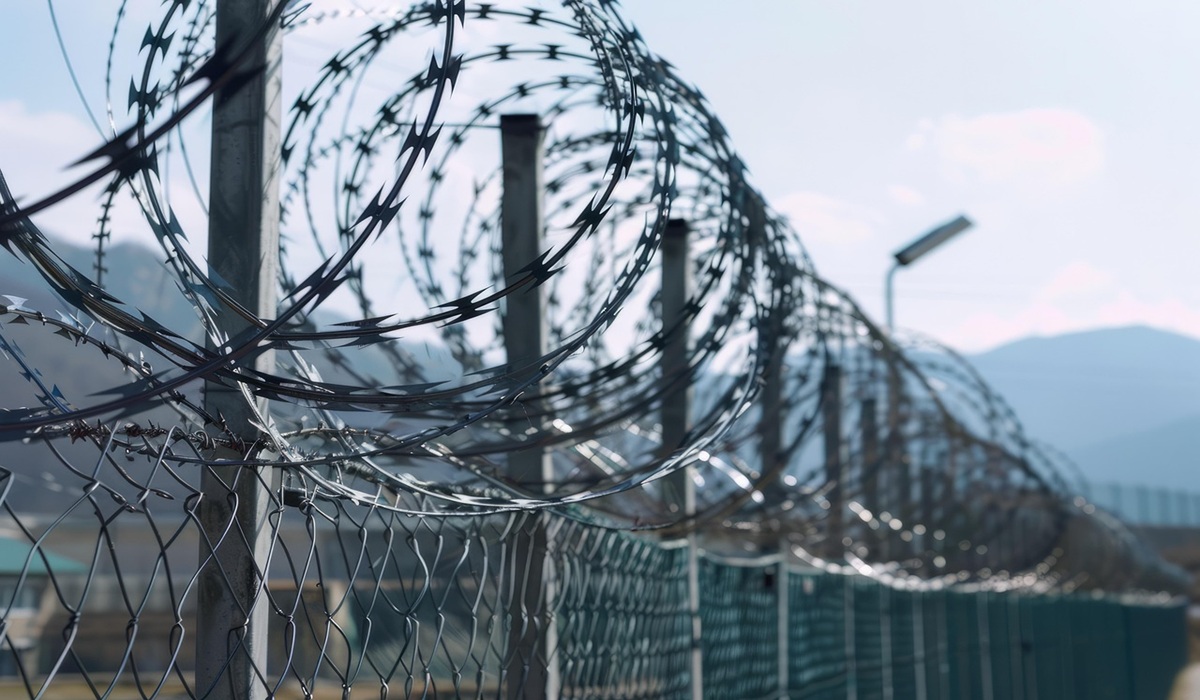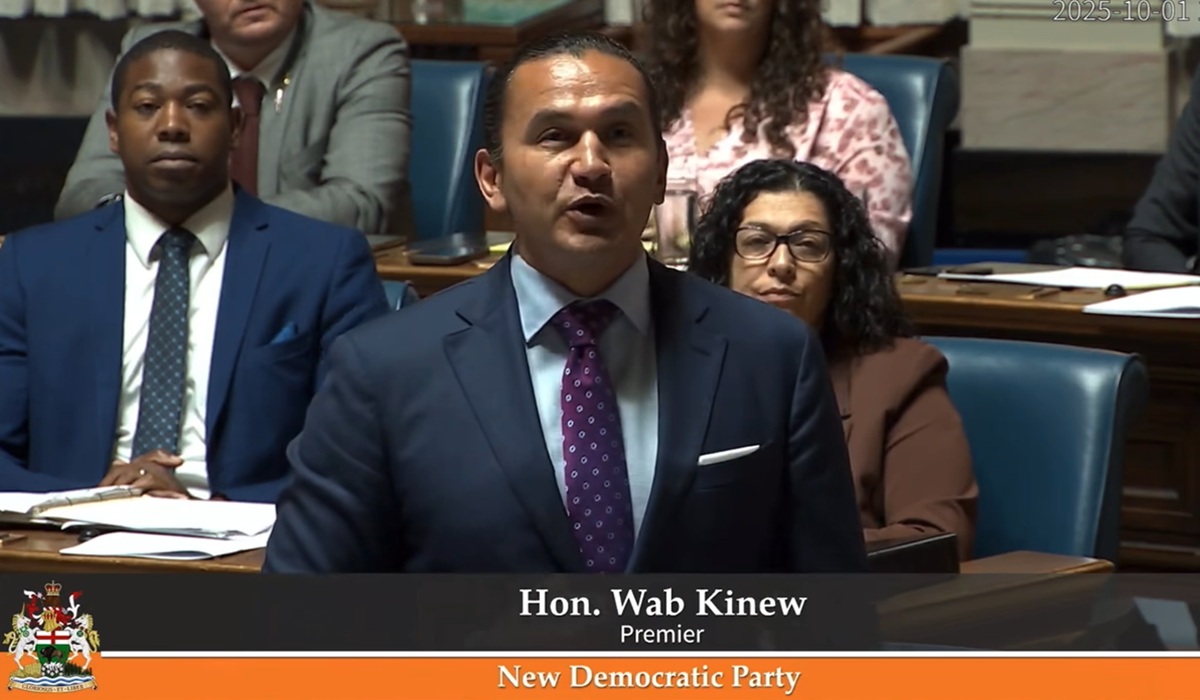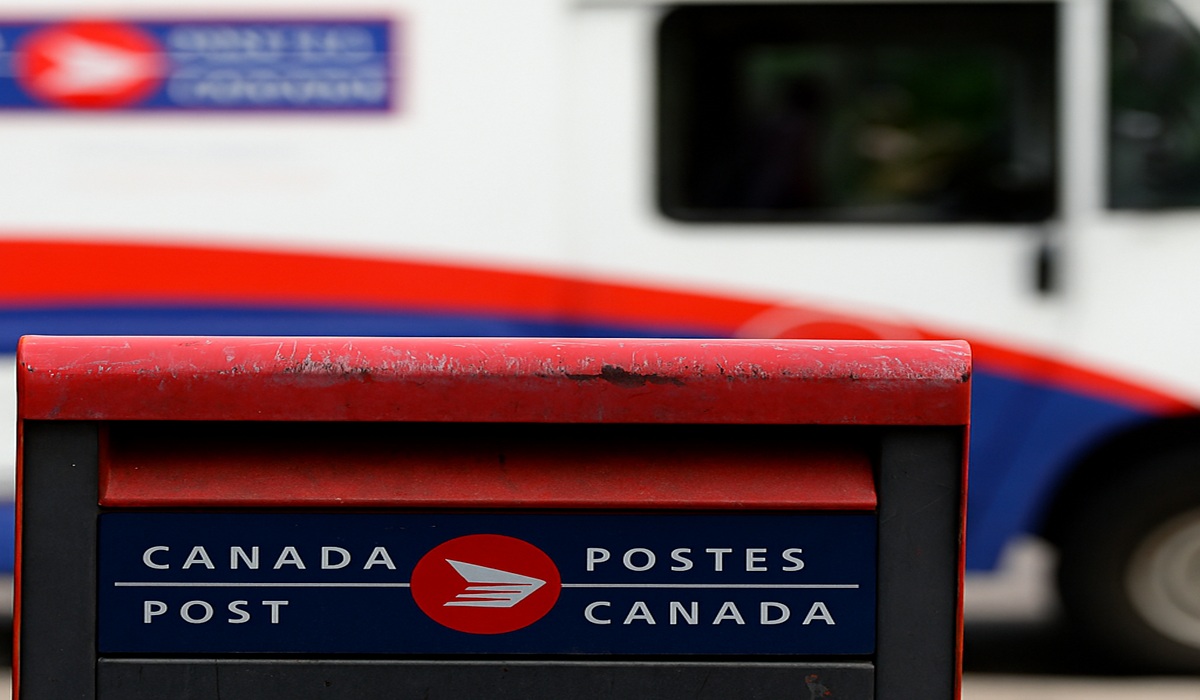King Charles III and Queen Camilla Arrive in Canada for Historic Visit
- Ingrid Jones
- Canada
- May 26, 2025
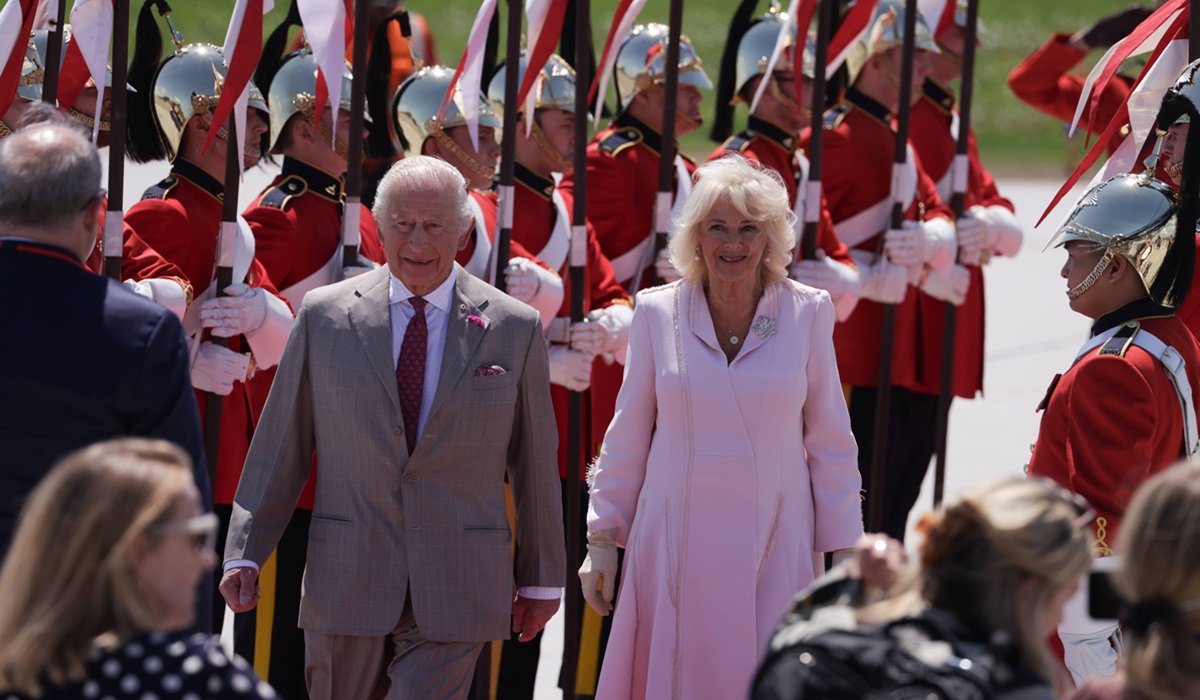
Image Credit, King Charles Social Media
In a historic moment steeped in royal tradition and modern significance, King Charles III and Queen Camilla touched down in Ottawa for a two-day state visit that culminates in the monarch delivering the Speech from the Throne on Tuesday. This marks the first time a reigning British monarch has opened the Canadian Parliament since Queen Elizabeth II did so in 1977, and only the third time in Canadian history. The King’s arrival signals both a nod to tradition and a reassertion of the constitutional relationship between Canada and the Crown—one that continues to evolve in a rapidly changing political and cultural landscape.
The royal couple was welcomed with full ceremonial honors, including a 21-gun salute, a review of the Royal Canadian Mounted Police, and a reception by Governor General Mary Simon, Prime Minister Mark Carney, and Indigenous leaders. Their arrival has captured national attention not just for its pomp and pageantry, but for the deeper questions it raises about the monarchy’s role in Canadian society today. While the monarch’s powers remain largely symbolic and ceremonial, King Charles’ active participation in this opening of Parliament is a powerful gesture of continuity and constitutional legitimacy.
The throne speech is expected to lay out the federal government’s priorities for the coming year, with a strong focus on housing affordability, national healthcare reforms, Indigenous reconciliation efforts, and environmental sustainability. Given the King’s long-standing commitment to climate action and conservation, political observers anticipate that his delivery of the speech may carry a more personal resonance than in previous years. While the words will be authored by the Canadian government, his voice will lend gravity and global attention to the policy agenda being presented.
The visit comes amid a backdrop of growing republican sentiment in parts of the Commonwealth and renewed calls in Canada for a re-examination of its ties to the monarchy. However, the decision to have the King personally deliver the throne speech appears calculated to reinforce a sense of stability and unity, especially following recent rhetoric from U.S. President Donald Trump suggesting that Canada could be absorbed as a “51st state.” The presence of the monarch serves as a visible rebuttal to such notions, a reminder that Canada remains a sovereign nation with its own democratic institutions, traditions, and head of state.
Public reception to the King and Queen has been mixed but generally respectful. While younger generations may express ambivalence or even opposition to the monarchy, many Canadians still view royal visits as significant cultural moments. For Indigenous communities, the visit also carries weight, with many leaders urging the King to acknowledge past and ongoing injustices perpetuated under Crown authority.
As Canada continues to grapple with its identity—torn between its colonial past, its multicultural present, and its uncertain future—the King’s speech will be more than just ceremonial. It will serve as a reflection of Canada’s democratic framework and a test of the monarchy’s relevance in a 21st-century constitutional system. Whether it succeeds in bridging tradition and transformation remains to be seen, but one thing is certain: this visit has reignited the national conversation about what it means to be Canadian in a world where sovereignty is increasingly contested, and symbols still matter.

